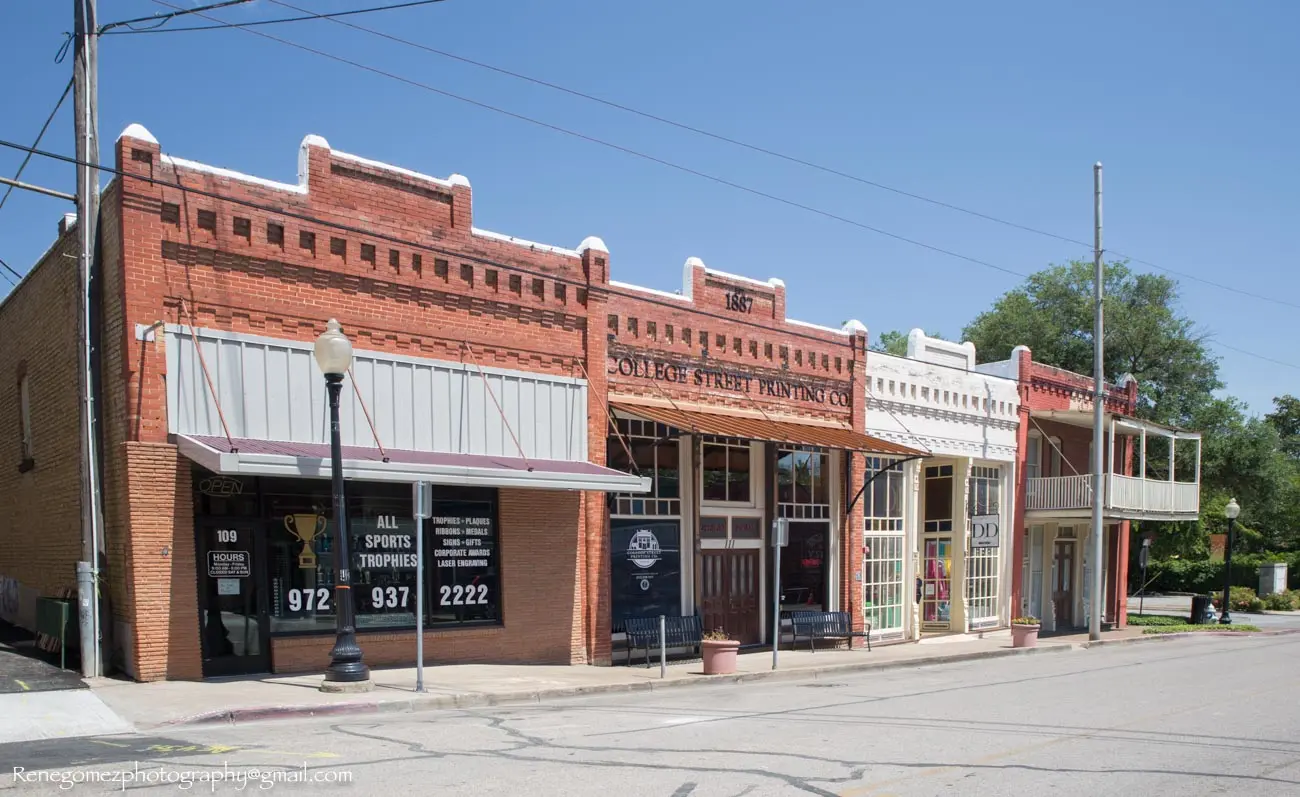Water Intrusion
In a town like Waxahachie, where the blend of vintage homes and aging commercial buildings defines the city’s architectural charm, there’s an underlying challenge that many properties owners underestimate: water intrusion. Whether caused by heavy seasonal rain, plumbing failures, or unnoticed roof leaks, the ripple effects of water damage often go far beyond what can be seen.
While the initial signs may be subtle—slightly warped floorboards, peeling paint, or a musty smell in unused rooms—the long-term damage goes deeper. In older buildings especially, even a minor water intrusion event can shift the internal balance of structures that were never designed to accommodate modern moisture challenges.
This article explores what really happens to structural balance when water seeps into older Waxahachie buildings, and why early, targeted intervention matters more than ever.
The Unique Construction Legacy of Waxahachie
Many buildings in Waxahachie date back 50, 75, or even 100 years. They were constructed using methods and materials that predate today’s moisture control systems. Crawl spaces were vented but rarely sealed. Framing was often untreated wood. Stone and brick foundations were laid without vapor barriers.
This legacy means that these buildings, while rich in character, are naturally more vulnerable to structural imbalance when water enters the equation. Moisture doesn’t just affect the surface—it gets absorbed into substructures that were never meant to encounter sustained dampness.
How Water Disrupts Load-Bearing Balance
Older homes and commercial properties rely heavily on evenly distributed load systems, wooden joists, beams, and flooring that carry the building’s weight from the roofline to the ground.
When water enters:
- Wood swells and softens. A joist or beam exposed to moisture for too long can lose its rigidity. It may bow or compress slightly, shifting pressure onto adjacent support elements.
- Fasteners loosen. Nails, bolts, and metal brackets corrode over time when exposed to moisture, which compromises the tightness of joints between walls, floors, and ceiling assemblies.
- Differential drying occurs. As some parts of the building dry faster than others, uneven stress is applied across the structure. What begins as minor sagging becomes misalignment.
All of these subtle shifts increase the risk of structural imbalance, especially in multi-story buildings where stress is distributed vertically across different aged materials.
The Risk of Foundation Movement
One of the most serious effects of water intrusion is soil destabilization beneath the building’s foundation. In Waxahachie, expansive clay soils are common. These soils absorb water readily, swell, and then contract dramatically when they dry.
This swell-shrink cycle creates movement beneath slab and pier-and-beam foundations. When water pools around foundations repeatedly, it causes:
- Uneven settlement
- Cracking in brick exteriors or foundation walls
- Sloping floors and misaligned windows and doors
In older structures, these shifts disrupt the original geometry of the building, weakening its load paths and increasing the chance of long-term instability.
Why Older Framing Responds Differently
In modern buildings, framing members are kiln-dried and chemically treated. Older Waxahachie buildings, by contrast, used green lumber—wood that still had a high moisture content when installed.
Over time, this wood naturally adjusted to the local environment, but it also became more vulnerable to rot and fungal decay if exposed to water again. A water intrusion can reactivate dormant moisture issues, leading to weakened headers, wall studs, and rim joists.
In commercial properties with mixed-use structures—retail below, apartments above—this degradation compromises both occupancy safety and long-term leasing value.
Telltale Signs of Shifting Structural Balance
Water damage doesn’t always show up as puddles. Instead, watch for:
- Cracks that appear or widen suddenly in interior plaster or drywall
- A change in the slope of floors or gaps between floorboards
- Warped door frames or windows that suddenly stop closing properly
- Subtle creaking sounds that weren’t there before
- Mold or mildew appearing in places that were previously dry
These symptoms are your building trying to tell you something is off-balance. Ignoring them could mean overlooking deeper damage in the framing or support systems.
Hidden Costs of Structural Imbalance
Some damage, like warped hardwood or ruined drywall, is relatively easy to fix. But when water intrusion affects the structure itself, the costs rise dramatically:
- Subfloor removal and replacement
- Reframing load-bearing walls
- Foundation lifting or piercing
- Interior demolition for mold remediation
These repairs require not only more time and money but often special permits and inspections. In commercial buildings, delays can disrupt tenants and business operations for weeks.
Proactive Assessment: A Worthwhile Investment
The most effective strategy isn’t just reacting to visible water, it’s proactively evaluating vulnerable parts of your structure, especially in older buildings.
Modern moisture detection tools (like thermal imaging and digital moisture meters) allow professionals to see what your eyes can’t. In a city like Waxahachie, where historical properties are common, these assessments are becoming a standard part of property care.
Why Standard Cleanup Isn’t Enough
It’s common to hear that a water intrusion was handled by janitorial staff or an in-house maintenance team. And while they may have cleaned and dried visible surfaces, they likely didn’t investigate subfloors, wall cavities, or insulation voids.
True restoration in older buildings requires a layered approach:
- Moisture mapping to locate all affected zones
- Controlled demolition where materials are beyond saving
- Structural drying using industrial dehumidifiers
- Monitoring to ensure re-establishment
Even the most seasoned property managers can overlook the nuanced impacts of water in legacy buildings. That’s why collaborating with experienced professionals familiar with Waxahachie’s construction types and soil conditions is critical.
Maintaining Historical Integrity While Restoring Stability
Many property owners worry that intrusive repairs will ruin the historical character of their buildings. Fortunately, many restoration professionals now specialize in preservation-grade structural recovery.
This includes:
- Matching replacement lumber to original species and dimensions
- Using reversible techniques where possible
- Preserving trim, facades, and custom architectural features
With the right planning, structural balance can be restored without compromising authenticity.
One Keyword, One Truth
It’s important to act early. If you own or manage an aging building and suspect moisture issues—even if they appear minor—don’t wait. Schedule a thorough assessment to ensure you’re not sitting on a slow-developing structural issue.
This is why property owners across the region increasingly seek out trusted experts for water damage cleanup waxahachie. It’s not just about removing the water—it’s about preserving the entire structure for future use.
Final Thoughts
In the end, water intrusion is less about wet surfaces and more about what it does silently beneath them. In older buildings throughout Waxahachie, it’s not just a nuisance, it’s a slow threat to stability, safety, and value.
Acting quickly after a flood, pipe burst, or storm is important, but going deeper—literally—is where true protection lies. If you’re in doubt, have your structure inspected. A few hours of assessment today could prevent months of repair tomorrow.
Your building has stood the test of time. Let’s make sure it keeps standing.



